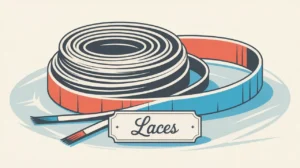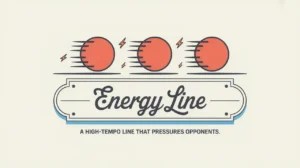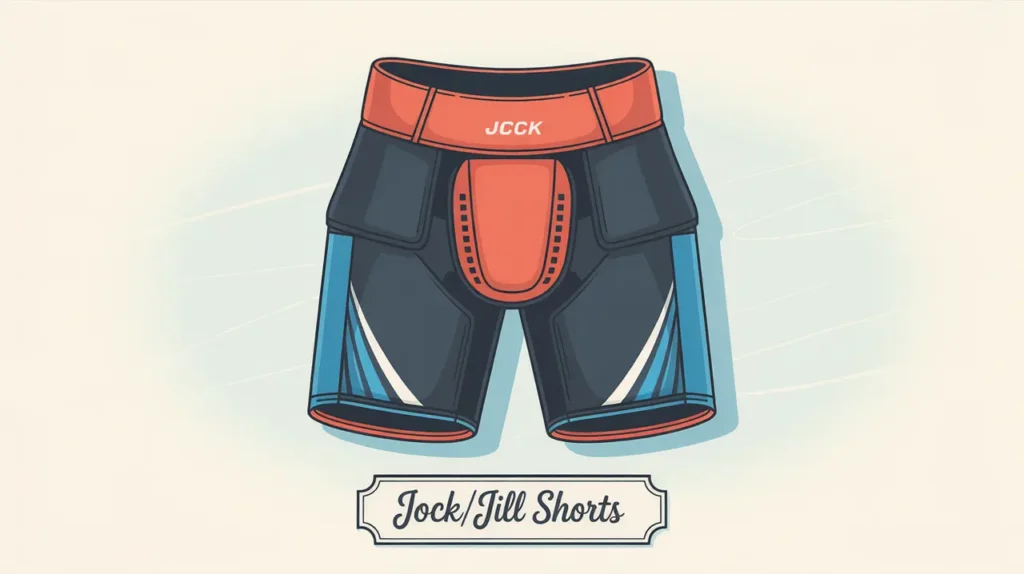Jim’s Intro to Goalie Pads
Hi folks, Jim here, the only commentator who once tried goalie pads for fun and got stuck in a butterfly like a turtle on its back.
What are goalie pads?
Goalie pads are the large, rectangular leg protectors worn by goaltenders to block shots, cushion impacts, and help control rebounds. They run from the ankle up to mid-thigh, protecting the shins, knees, and lower thighs while also creating a wide blocking surface. A good set of pads fits precisely, moves with the goalie’s legs, and seals the ice cleanly during saves. They are both protective and a part of how goalies shape the game in the crease.
How do they work?
Goalie pads use structured foam, synthetic materials, and strapping systems to protect and perform.
- Outer Face: Flat or slightly curved surface that controls rebounds by either deadening or directing the puck.
- Core Foam: Multi-density layers absorb and disperse impact from high-speed shots.
- Knee Stack and Cradle: Cushions and supports the knee during butterfly saves and slides.
- Calf Wrap and Boot Channel: Anchor the pad to the leg while allowing controlled movement.
- Strapping System: Velcro or leather straps secure the pad snugly, ensuring it rotates properly when the goalie drops into position.
When fitted correctly, pads move fluidly with the goalie’s legs, rotating smoothly into position to create solid coverage without gaps.
How do you make good decisions with them?
Goalie pads need precise sizing and setup to work as intended.
- Size: Pads should cover from the ankle to mid-thigh, with the knee landing squarely in the knee cradle. Oversized pads restrict movement. Undersized leave gaps.
- Profile: Stiffer pads offer predictable rebounds and solid structure. Softer pads allow more flexibility and puck control.
- Strapping Style: Modern goalies often prefer streamlined Velcro systems for mobility. Traditional leather straps give a tighter, classic feel.
- Boot Angle: Impacts how the pad sits on the skate and how easily it rotates into butterfly.
- Condition: Check for broken straps, packed-out foam, or tears that affect performance.
How do you master them?
Goalies master their pads through repetition. They learn how their setup affects movement. They discover how fast the pads rotate into butterfly, how rebounds behave off the face, and how the knee stacks support slides and recoveries. Over time, goalies develop a personal strapping routine and break in their pads so they feel like a natural extension of their legs.
What does it look like when done right?
A goalie with well-fitted pads moves cleanly and efficiently. The pads rotate perfectly when dropping, seal the ice without gaps, and pop back into position on recoveries. Rebounds go where the goalie wants them, not where the pads decide. Nothing slips, shifts, or hesitates.
Commentator’s Corner
Jim’s Take
I’ve seen goalies wear pads so loose they twist sideways mid-save. It’s like trying to stop pucks with folding chairs.
Parent Tip
For young goalies, sizing is everything. Make sure the knee sits perfectly in the cradle and check straps regularly as they grow. A proper fit builds good habits early.
Player Tip
Goalies: develop a consistent strapping routine. The way you set up your pads every game should feel automatic. Consistency breeds control.
A Final Thought
Goalie pads are for protection. They are also instruments of control. When they fit and function perfectly, they turn chaotic shots into predictable plays and give goalies the confidence to own the crease.









